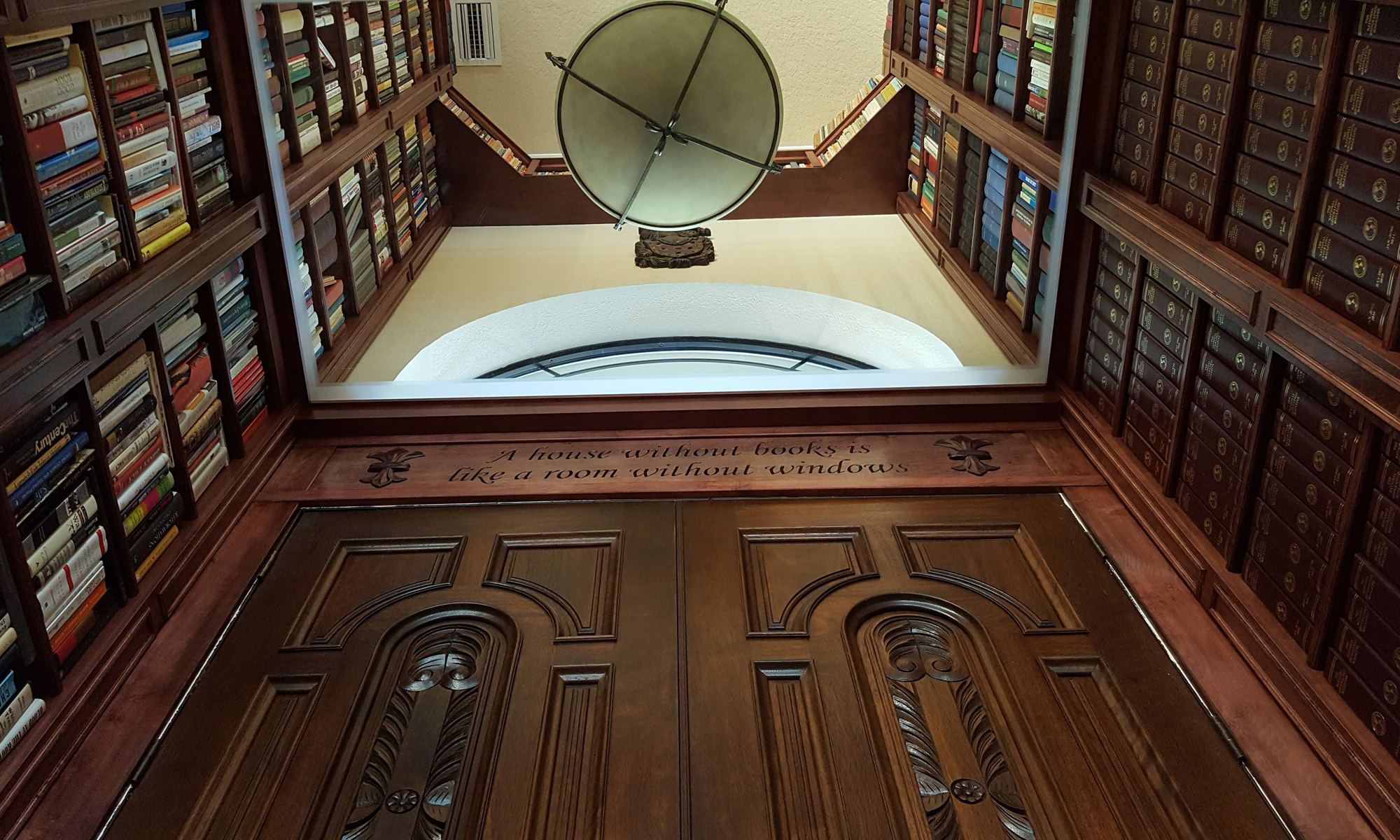The gifted among us can turn a sphere by eye. For the rest of us some system is necessary to turn a spherical object. I’ve written previously about a method Al Hockenbery demonstrated on how to turn a sphere. Since then I have acquired a set of Soren Berger Sphere Calipers. They use the same principle as the previous method, but take out the math. The calipers consist of a large set of jaws, which when set to the diameter of the sphere, will automatically set two smaller “birds mouth” jaws to the correct spacing to enable you to turn the cylinder, into a square first, then an octagon and finally a sixteen sided shape, from where it is relatively easy to smooth out the sphere. The image below shows the Soren Berger Sphere Calipers. You can see the large jaws towards the bottom of the picture and the two “birds mouth” jaws toward the top of the picture. The smaller set of “birds mouth” jaws are nearly obscured by my thumb.
The blank that I am turning is a piece of hickory, just over 4″ long and 3″ diameter. Once the blank has been turned to a cylinder measure the diameter using the large set of jaws. Then transfer that dimension to the blank and turn the blank to that dimension, essentially creating a “square” cylinder whose length is equal to the diameter.
Then, using the large “birds mouth” jaws, make four marks on the blank equal distances from the corners of the blank.
Turn away the wood between these marks in a straight line. There are two “shoulders” which need to be turned away. We are now left with an octagonal shape, which contains the sphere.
Using the small “birds mouth” jaws, once again make a mark either side of each “corner” of the blank. This time we will make a total of eight marks. Sorry, but I forgot to take pictures of the small “birds mouth” jaws in action, but you can clearly see the eight lines that are established using them
Things can start to look a bit confusing at this point, so it can be beneficial to color in the spaces between each set of marks in order to clarify which areas need to be turned away. This time there are four “shoulders” to be turned away. As before, make sure the areas are turned away in a straight line. Any concave lines will bite into the sphere. Once the areas are turned away we are left with a sixteen sided polygon or hexadecagon. Regardless of what you call it, you can see that it started to look an awful lot like a sphere.
The next step is to free the sphere from the hexadecagon. I find light cuts and a slow measured approach are the key at this point.
The tenons are then turned down and then cut off with a handsaw with the lathe turned off. It always surprises me as to how small you can turn the tenons if you take care! When the handsaw cut is made, the blade is angled away from the sphere so that a small nub is left. If the saw cut is made straight down then there will be a small indent in the side of the sphere.
The sphere is then mounted between cup cnenters and the nubs are turned off. For a detailed explanation on how to make the cup centers you can refer back to my previous post on turning a sphere.
Once the nubs are turned away, the sphere is sanded and a coat of wax applied …
… and then into the bowl it goes with the rest of them!



























2 Replies to “Using the Soren Berger Sphere Calipers”
Comments are closed.